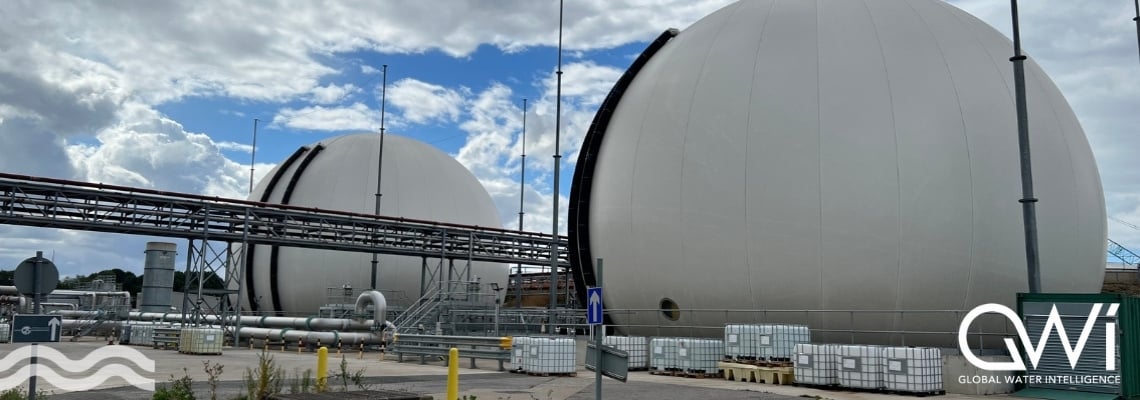Pressure for methane mitigation methods highlights a myriad of tech solutions
 Knowledge partner GWI
Knowledge partner GWI
Amid the conundrum of balancing methane mitigation with efforts to achieve SDG6, emissions-conscious utilities are investigating the impact of their own wastewater and sludge treatment processes. With more utilities including direct methane emissions in their carbon accounting, basic solutions such as covering tanks represent one avenue to explore while the next step is to implement anaerobic digestion and biogas handling infrastructure.
Mapping the extent of the methane problem
Despite solutions such as anaerobic digestion being available, the market is now looking into how methane from other parts of the treatment train can be mitigated, such as from post-digestion storage leakage using vacuum degassing. Other technologies being explored include the removal of dissolved methane from wastewater streams.
GWI calculations suggest that the methane footprint of the water industry is expected to amount to 4.7 per cent of global methane emissions on an annual basis, and these emissions are on a solid upward trajectory – unlike the emissions associated with energy consumption in treatment infrastructure which are gradually being reduced. Key emitters include the storage of sludge after digestion, and the use of uncovered secondary digesters (a particularly prominent design in the UK), as well as primary clarifiers and the inlet to the wastewater treatment plant.
A significant amount of methane emissions are also produced in onsite sanitation, as covered in GWI's Water Without Carbon white paper, although the topic will not be covered in this market map. The speed at which methane is released is also the key to why the industry needs to act quickly, as the gas is particularly potent in the first 12 years of its life. The extent of global water sector methane emissions is displayed in the below graphic.

Methane is piquing the interest of particularly climate-focused governments, with the Netherlands and Nordic region likely to lead the way. In 2007, Sweden became the first country to introduce a voluntary commitment programme to minimise methane leaks from biogas production and this approach is now being echoed in countries such as Denmark.
Read more about the established and emerging technologies for water sector methane emission mitigation in GWI's article:


